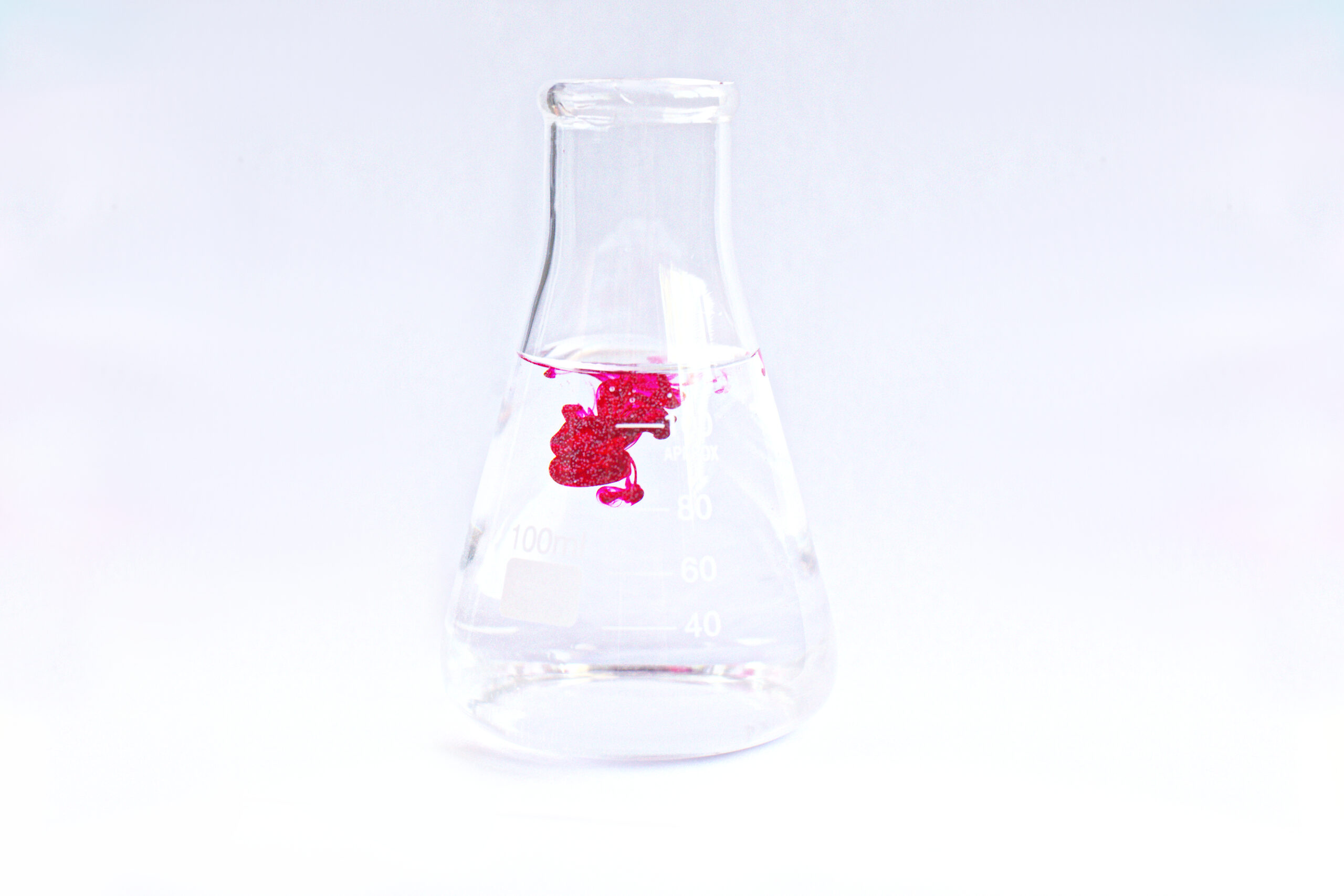In recent years, the word undetectable has become omnipresent in most conversations about HIV.
From laboratories and medical conferences to bathhouses and social media hashtags, the idea of undetectable viral load has changed the world of sexual safety.
We now know that people who take regular antiretroviral medications long enough can reduce the amount of HIV in their blood to the point that they can’t transmit the virus to anyone else.
In a 2016 study, researchers followed almost 1,000 heterosexual couples and male same-sex couples who regularly had condomless sex and were in a serodiscordant relationship (that is, a relationship where one person has HIV and the other does not). The results were clear: not a single person contracted HIV from their positive partner over the course of the study.
A follow-up study that focused on male same-sex couples was published in July and came to the same conclusions: researchers couldn’t find a single case of transmission when the HIV-positive partner was taking medication to reduce his viral load.
These results were endorsed by the world’s leading HIV scientists, and trumpeted from the rooftops by activists using the #UequalsU hashtag.
So what does undetectable really mean?
In an unpublished study presented at an HIV research conference earlier this year, University of Toronto researcher David Brennan asked a hundred HIV-positive gay and bisexual men about the word undetectable.
In the study, 95 percent of the men were on antiretroviral therapy and two-thirds said they had a suppressed viral load. But Brennan says he heard wildly different definitions of the term undetectable. Some men said it meant that the virus couldn’t be detected by a blood test; others said it meant it couldn’t be transmitted through sex. Others understood undetectable to mean that the virus was “under control.”
In the era of #UequalsU, Brennan says, it would help to have more clarity about what undetectable actually means.
Xtra got some help from a few experts, including Sean Hosein, the science and medicine editor at the Canadian AIDS Treatment Information Exchange (CATIE), and University of Alberta infectious disease specialist Stephen Shafran. Here’s what we found out.
Can an undetectable viral load show up in HIV tests?
Confusingly, undetectable viral loads are, well, detectable.
Early HIV tests, especially in the 1980s and 1990s, were relatively unsophisticated compared to today’s. They required hundreds or thousands of viral RNA strands, or “copies,” in each millilitre of blood to detect the virus. An untreated patient’s blood can contain millions of copies of the virus, but modern antiretroviral drugs — a cocktail of three medications that impede the growth of the HIV virus — usually cause that number to drop below 50 within six months of treatment.
When the phrase undetectable viral load appeared in medical circles in the late 1990s, some tests required 10,000 copies per millilitre to effectively detect the virus. Patients with fewer copies than the limits of the test were declared undetectable.
Today, new generations of HIV testing, including nucleic acid amplification testing used by the BC Centre for Disease Control, are sensitive to very small viral loads, as low as 20 copies per millilitre. These same tests have allowed scientists to narrow the window for detecting a new HIV infection to as low as one or two weeks after exposure.
So, this means that what we would have once called an undetectable viral load is actually detectable by today’s HIV tests.
To make things clearer, scientists have settled on a generally accepted definition of undetectable: about 50 copies per millilitre. They say this benchmark is accepted as a sign that the virus is no longer replicating in the blood, and viral suppression is complete.
So, if you hear a scientist or a doctor talking about undetectable viral load, this is probably what they mean.
Is taking antiretrovirals the same as being undetectable?
Some men in Brennan’s study associated being undetectable with being on and maintaining treatment for HIV. This is usually correct, but not always.
Today, most HIV patients who take antiretrovirals will get down to an undetectable viral load within a year. Some won’t, either because of other health complications, poor reactions to the drugs, difficulty accessing regular healthcare or a variety of other social barriers. Some troubling research, for example, shows less viral suppression after a year among Indigenous than among white or Black Canadians.
Because viral suppression varies, the gold standard of HIV safety is to take antiretroviral drugs for six months and get tested to make sure that viral load has dropped to undetectable levels. After that, people are encouraged to continue the drugs for six more months. This is the standard that Ontario’s former attorney general Yasir Naqvi cited when he said the province should stop prosecuting HIV non-disclosure cases of people with a low viral load.
It’s a very good bet that anyone who has been consistently taking medication for HIV for a year or more can’t transmit the virus, but a viral load test is how we know for sure.
Is undetectable really equal to untransmittable?
The short answer is yes. If your viral load is undetectable, scientists say, there is no real chance of transmitting the virus sexually.
This has been demonstrated through numerous studies in which scientists have followed serodiscordant partnerships and measured viral load and HIV infections. In the PARTNER study, which followed the equivalent of 500 years of condomless anal sex, not a single person contracted HIV from a partner with an undetectable viral load.
But there’s an important caveat. In the PARTNER study, and others like it, researchers defined undetectable as fewer than 200 copies per millilitre, not 50. This is the same definition used in the international consensus statement on treatment as prevention.
This is good news. You can have a viral load four times higher than the threshold for undetectable, the research says, and still have no chance of transmission.
Technically, a viral load of fewer than 200 copies per millilitre is called a suppressed viral load, not undetectable, but scientists have used the latter word in many studies and statements to avoid confusion.
So, to sum up, undetectable means fewer than 50 copies per millilitre and suppressed means fewer than 200 copies, but both mean you can’t transmit the virus. Many people just use the word undetectable for both.
Also, the hashtag #SequalsU just doesn’t have the same ring to it.
Are viral loads above 200 copies always high risk?
In 2016, a Nova Scotia boxer was charged with failing to disclose to two sexual partners that he had HIV. Neither partner was infected, and the boxer was eventually acquitted. At the time he had sex with the two women, he had briefly stopped taking his medications and his viral load had spiked to over 1,000 copies.
When three medical experts were brought in to testify, they agreed the probability of transmitting the virus was still very low. The judge concluded that there had been “no realistic possibility” of transmission.
Studies from around the world have shown a close relationship between viral load and HIV transmission, with almost no transmissions at all occurring below 1,500 copies. If the Nova Scotia ruling is adopted by other courts, 1,500 copies could become an important legal line.
The range between suppressed viral load (fewer than 200 copies) and 1,500 copies is sometimes called “low viral load” to emphasize that it still represents a positive reaction to treatment even though suppression is not complete. “Low viral load” is a vague term, however, that is used to mean different things in different contexts.
Experts stress that lower viral loads are better, both to reduce transmission and to protect patients’ health. Neither 50 copies, 200 copies or 1,500 copies is a magic number; all three are just convenient benchmarks. What matters is that people have access to ongoing testing, medical care and medication.


 Why you can trust Xtra
Why you can trust Xtra


